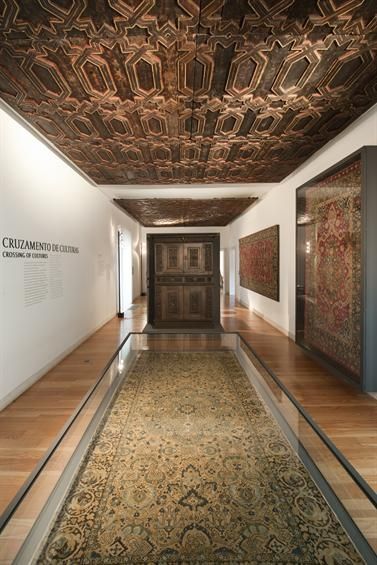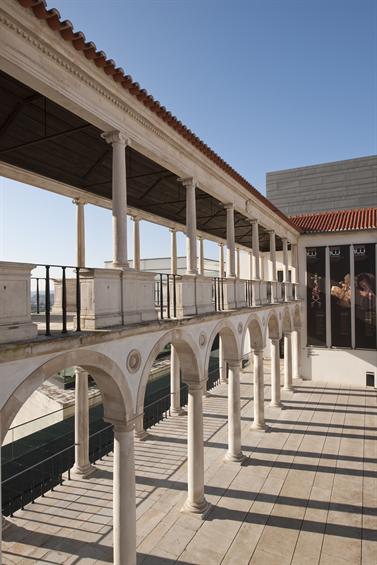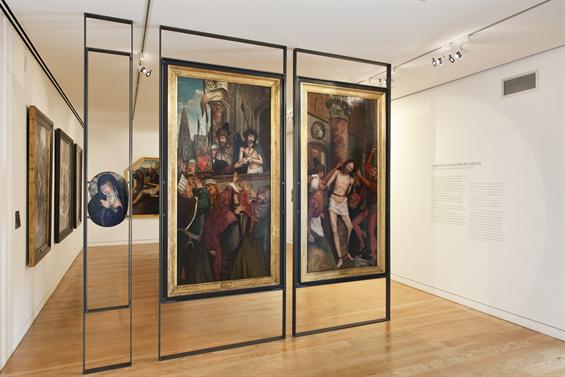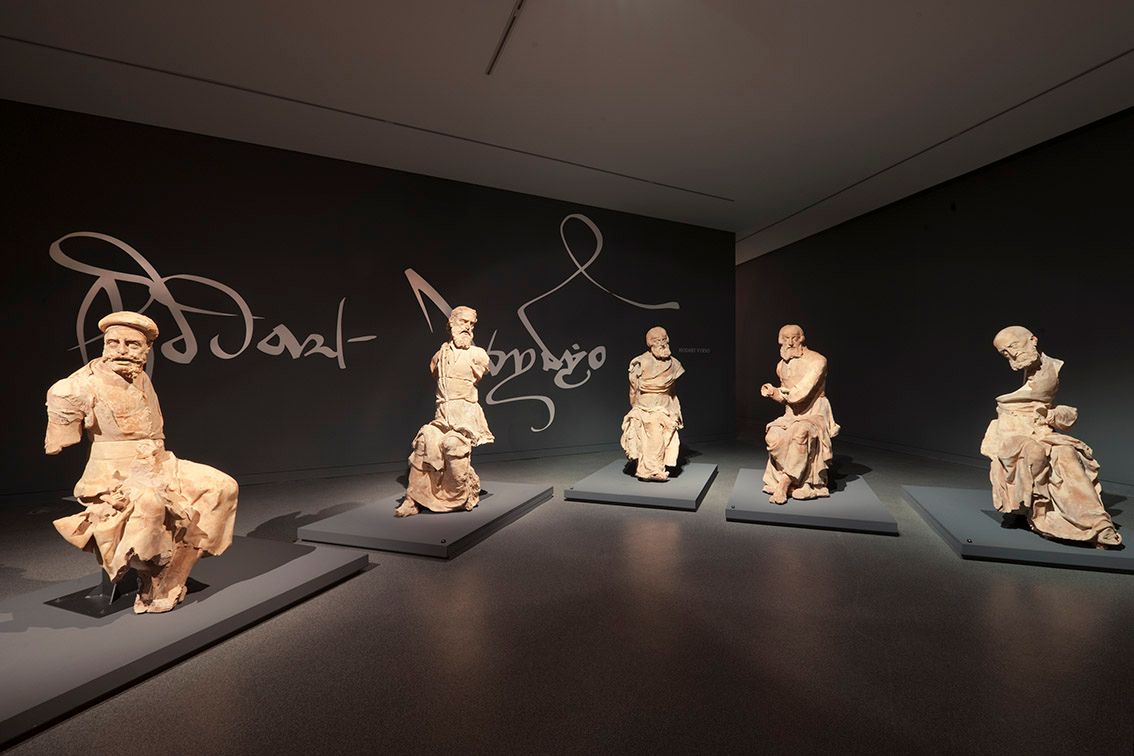The Machado de Castro National Museum is one of the most important museums in Portugal. It was named in honour of the prominent Coimbra sculptor Machado de Castro (1731-1822). It opened to the public in 1913 and its first director was António Augusto Gonçalves (1913-28). In 1965, the State included it in the list of National Museums, acknowledging its exceptional quality.
In 2006, the museum closed for an extensive renovation that included the construction of a new building and reopened at the end of 2012. The current facilities comprise three interconnected units: the Roman cryptoporticus, dating from the mid-1st century, is part of the visit pathway to the Museum and is one of its most important attractions; the old Bishop's Palace, whose first buildings date back to the 11th or 12th centuries, classified as a National Monument since 1910; and the new building, a project by architect Gonçalo Byrne awarded the Piranesi/Prix de Rome prize in 2014, one of the most relevant international prizes granted to projects in buildings of heritage importance, with a particular focus on the relationship between "architectural design and archaeological heritage".
The collection of the Machado de Castro National Museum comes mostly from the region of Coimbra, from the convents, monasteries and churches politically extinct in 1834, but also from the university colleges and bishoprics, and was enriched over the years with occasional acquisitions and several donations, totalling several thousand items of archaeology, sculpture, goldsmithing, jewellery, painting, drawing, ceramics, textiles and furniture.
The collection includes the most representative nucleus of the sculptural production of Coimbra from the 14th to the 16th centuries, often in Ançã stone, in particular the Christ in the Tomb (from the Monastery of Santa Clara-a-Velha) and the Black Christ (from the Monastery of Santa Cruz), both by an unknown author.
The collection includes an important collection of sacred jewellery from the 12th to the 18th centuries, including some of the masterpieces of Portuguese jewellery, such as the chalice of D. Gueda Mendes (12th century), the treasure of Queen Saint Elisabeth, the Manueline Custody of the Cathedral of Coimbra (1527) and the Custody of the Sacrament (18th century). With regard to jewellery, the collection consists essentially of items from the 16th to 18th centuries from religious houses, where they were admitted as novice dowry, offerings, royal donations or legacy. This museum displays also a collection mostly of Portuguese paintings from the 15th to the 20th centuries, including an interesting set of Flemish paintings from the 16th century, including the Triptych of the Passion of Christ (c. 1514-17), by Quentin Metsys.



